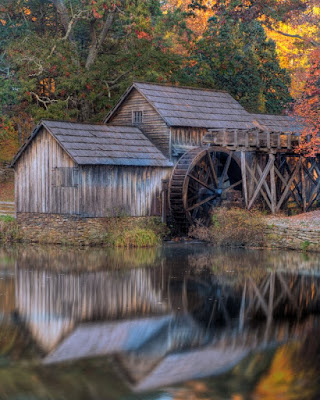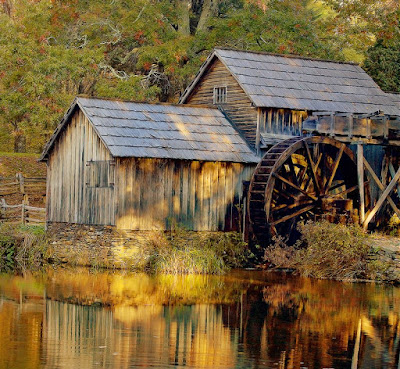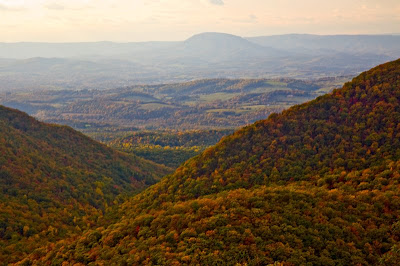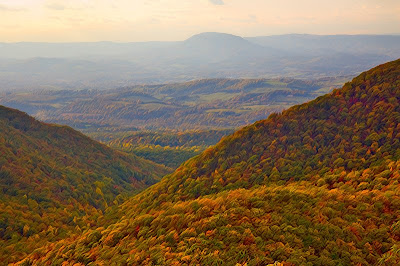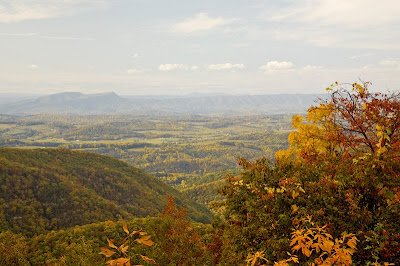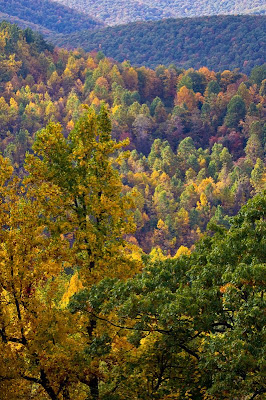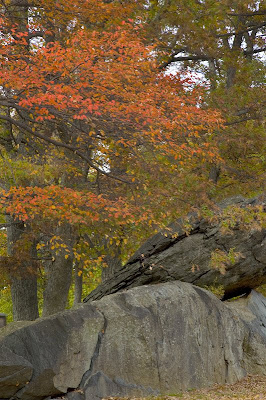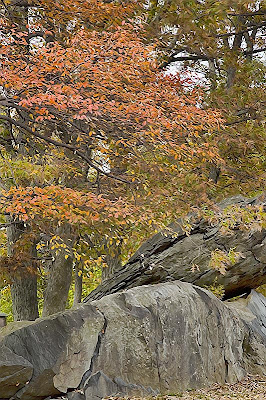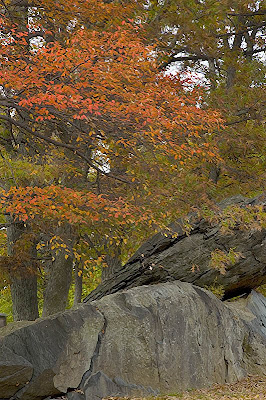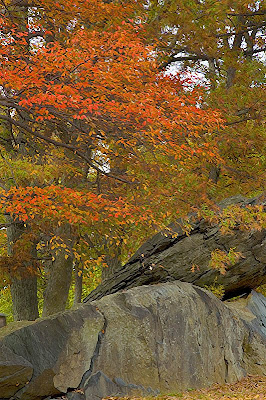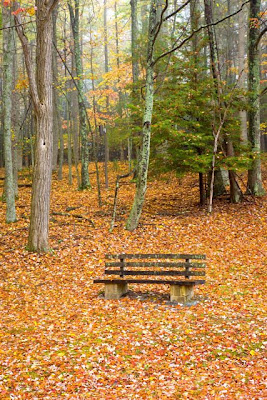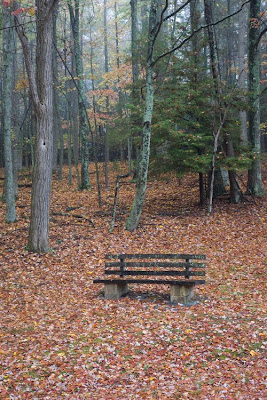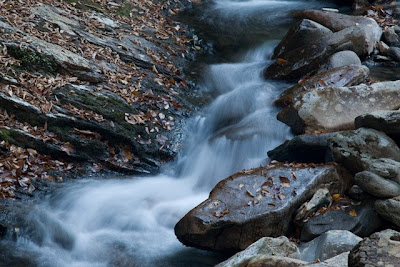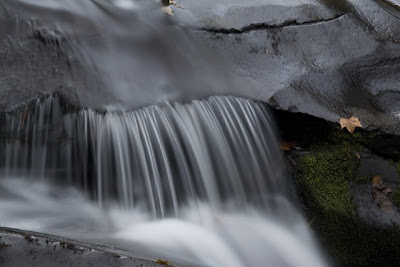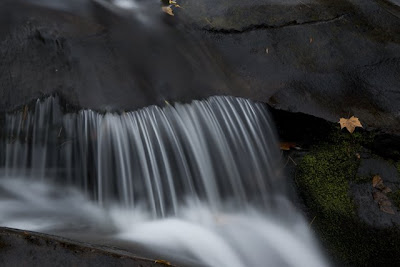Since Hurricane Ike, I read the
Galveston County News every day. It's been almost two months. During that time, our nation has faced an enormous economic crisis that came to a head during Hurricane Ike's visit. We've had a historic Presidential election that was hard fought and demanded everyone's time and attention. When we took our fall foliage photo trip, I heard tales from people in Ohio and Kentucky who were so surprised that Hurricane Ike had brought damage and lost power so far from the gulf.
When we were on the island right after Ike, I was impressed with how rapidly help arrived. Army helicopters were making rescues the morning after. Texas State Troopers were lined up to help keep order. HEB sent semi tractor trailer rigs with water and ice. The state of Texas had contracts with truckers who also brought in ice and water. FEMA vehicles, Wal-mart Emergency Team, fire departments from all over Texas had come to help. People who had remained in Galveston were having bar-b-ques to use the meat in their freezers. We could hear generators running at some homes. Some people had already pulled out the wet carpet and padding and they were on the street ready to be hauled away. Some of the historic houses already had water remediation contractors checking things out. National Guard soldiers were checking homes for victims and engineers were already assessing damage. When we left as we drove up I-45, we saw the army of utility cherry picker trucks that had come to restore electricity. While there were complaints (aren't there always), I left Galveston knowing that already things were getting going.
Of course, the bad news was that the Mayor had decided not to let residents return to start their own cleanup. Yes, port-a-potties are unsightly, but . . . I can't help but wonder if people had been allowed in (as was the norm before) quicker, if the damage costs would have been less for a large number of people. Some of the less affluent folk were not even allowed back into their units to salvage belongings that might have survived (plates, jewelry, things that don't mold, mildew or rust.) I know the army has big trucks that carry potable water - I think it would have been possible to let people back in so that they could at least inspect their property and do damage control quickly.
As I've read the news every day, I'm impressed by the strong will that many businesses have to get their business cleaned up, restocked, and open again. Many businesses are open, there are grocery stores, restaurants, hotels that are ready for business. The hotels are full, but as the FEMA vouchers run out, that may not continue.
But Galveston is out of sight, out of mind. People either think that everything is "back to normal" or they think the entire city was wiped out. Neither is true. At the time, I was amazed at how many residences behind the seawall looked so normal. I am amazed now that there was so much damage that was not easily visible in just a casual drive through. I wonder how many homes will be torn down either due to the amount of damage or because they were more than 50% destroyed and cannot be repaired without being elevated to the new flood guidelines. I was glad to hear that homes older than 50 years may qualify as "historic" and will be able to rebuilt even if the damage is over 50%. I grieve and worry about homeowners whose damage may have been 60%, the insurance will pay 60%, but the building codes for the flood insurance require that they be destroyed. Some of those homeowners will only receive the 60% which may not pay off the mortgage. They'll have a mortgage with no home to live in. The Small Business Administration may provide loans, but now is not the time to be trying to get a mortgage.
The picture is really mixed right now. I've heard that Murdoch's Bathhouse will be allowed to rebuild (Hurrah!!!!), but the cost seems astronomical to me. Some folks are working hard and trying to get on with their lives. For others, they are caught in a nightmare. Their homes are unliveable. FEMA assistance is running out. Some having been living in a communal tent for the last few weeks and have been moved from one tent to another. Temporary housing trailers ahave been delayed because no one can figure out where to put them on the island. In an ideal world, the this type of housing would be temporary and would need to be removed before the next hurricane season. This is not an ideal world. So . . . the temporary trailers have not yet arrived to alleviate the housing shortage.
The University of Texas Medical Branch was heavily damaged from the storm. They have just announced the loss of 3800 jobs. They are talking about downsizing the hospital and perhaps moving many of the functions of the medical branch to Austin.
The taxing authorities on the island are worried about the loss of tax revenue. While they could have reappraised based upon the value for the months before the hurricane and for the value of the property after the hurricane, they are not going to reappraise for this tax year. However, next year, they will have to reevaluate based upon the current value or lack thereof.
There are valid concerns that over the last few years that the rising property values and rising taxes, that the middle class were being priced out of Galveston. Galveston's low income housing was hard hit. It will still take time for the business to reopen and provide the job that these folks sorely need. Low income families lack the resources to replace their lost belongings, to relocate, or to afford the hotel rooms after the FEMA money runs out.
Galveston has been a unique place because it has been a living community will all incomes represented rather than just a resort community. Only time will tell if that will be true after Ike.
I have not been back to Galveston since Ike, but
Bill Crider has been down there and posted some
photos. When we were there the streets around the Strand were empty, when Bill was there they were filled with debris from the businesses.
Martha Wells has also blogged about the current state of affairs. Not a pretty picture.
Now, I realize that this has been a long blog, but this article from the
Fort Worth Weekly is a must read.
I don't know what my little blog can do to help keep Galveston and its issues in people's hearts and minds. Perhaps the people who think we should not have towns on barrier islands are correct. But I've been visiting Galveston island for a very long time. It is a special place. I think we need to find better ways to help the people who are trying to rebuild.


